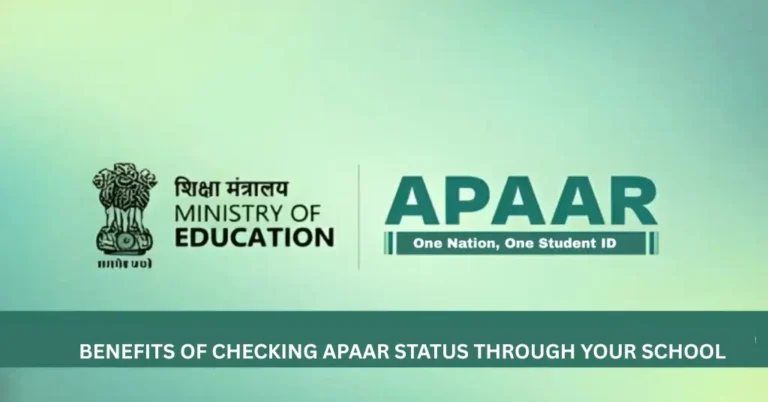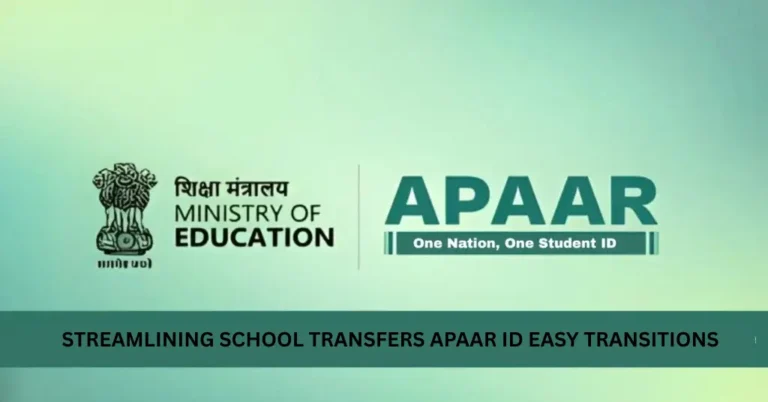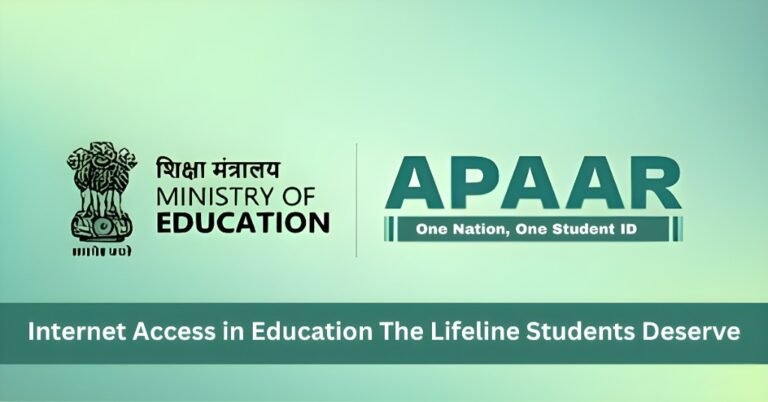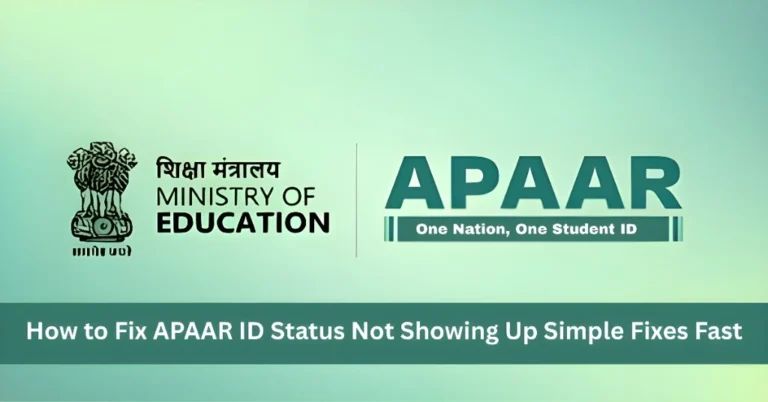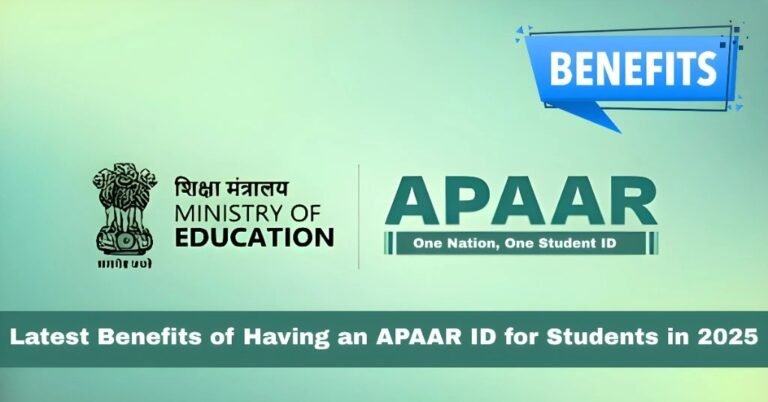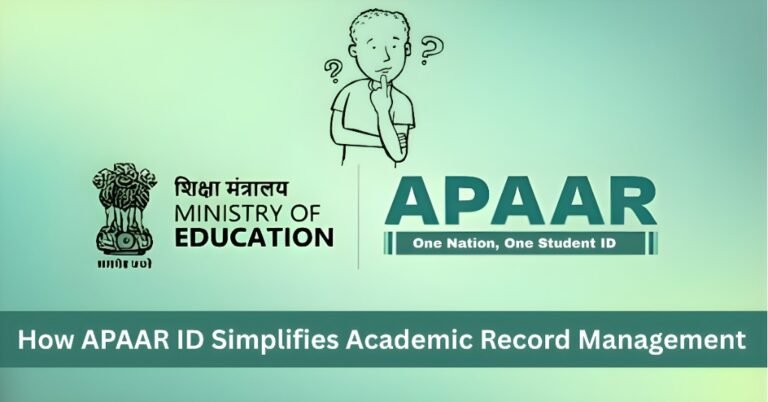Bridging Gap Between Policy and Practice Nationwide Issue While India’s education system has some of the best-laid plans on paper, translating them into tangible outcomes in classrooms across the country remains a challenge. Understanding these barriers is key to fixing the broken system.
Continual monitoring and feedback loops between policy creators, educators, and students will help refine the process. Creating platforms for dialogue can bring necessary changes.
The Legal Maze of Education Policies A Barrier to Progress
The complex legal framework surrounding education policies can often create confusion. Policies sometimes clash with existing laws, making implementation even more complicated. When legal hurdles exist, they can delay or even The Pressure of High Expectations.
For smoother transitions, the government needs to align educational reforms with existing legal frameworks, ensuring clarity and consistency.
Teacher Training The Key to Effective Policy Rollout
nvesting in continuous professional development for teachers and offering specialized training on new policy tools will result in better implementation.
Teachers are at the heart of policy implementation, yet many policies overlook the critical aspect of teacher training. Without equipping educators with the necessary tools and knowledge, even the best policies can fail. Ensuring proper professional development is essential for success.
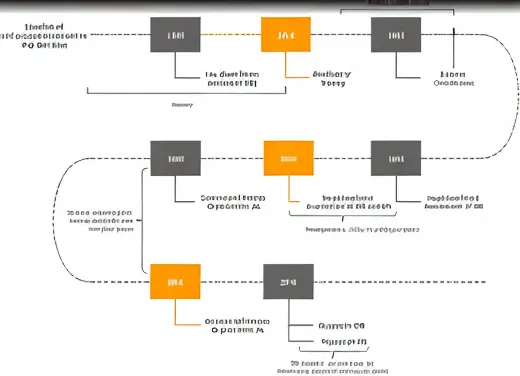
Policy Fatigue How Overload Can Derail Educational Reform
Too many overlapping policies and reforms can lead to “policy fatigue” among educators and administrators. When schools and teachers are constantly juggling new changes without proper support, they can become overwhelmed, leading to burnout and inefficiency.
To combat policy fatigue, prioritize and simplify reforms, focusing on a few impactful changes at a time rather than educators with too many adjustments.
Decentralization The Power of Localized Policy Implementation
While national education policies like NEP 2020 provide a blueprint, local contexts often require tailored solutions. Policies that work well in urban centers may not be effective in rural areas.
Emphasizing decentralization can allow local authorities to adapt policies to their specific needs.
Local governments should be empowered to customize and implement policies that address the unique needs of their communities, which will lead to better results.
Why do well designed education policies often fail to achieve their goals?
The primary reasons include inadequate resources, lack of teacher training, inconsistent implementation, and insufficient monitoring. Policies may also clash with local realities, making them difficult to implement effectively.
How can schools navigate the complexities of multiple overlapping policies?
Schools should focus on aligning existing policies with the most urgent needs and ensure that educators are trained to handle new changes. Clear communication and prioritization of key reforms are essential.
What role does parental involvement play in the successful implementation of educational policies?
Parents are essential in reinforcing the principles of new policies at home. Encouraging them to be part of the educational process ensures policies are supported at all levels of society.
How do we deal with the issue of policy overload in schools?
Streamlining policies and focusing on one or two initiatives at a time helps to minimize confusion and ensures that educators can execute them successfully. Regular feedback from schools can also help adjust the pace of implementation.
How can decentralized decision-making improve education policy implementation?
Empowering local education authorities to tailor policies to their specific needs helps address unique regional challenges. Localized solutions often result in more effective and sustainable outcomes.
Final Words
India’s education policies have great potential to transform the landscape of learning. However, the gap between policy creation and actual implementation continues to be a major barrier. To ensure that policies not only look good on paper but also work in classrooms, we must prioritize teacher training, simplify the policy landscape, and create systems for continuous monitoring and adaptation.
By improving communication, decentralizing power, and addressing policy fatigue, we can set the stage for a more responsive and effective education system. The key lies in collaboration among all stakeholders—teachers, administrators, parents, and government authorities—to bridge the implementation gap and ensure that education policies serve their true purpose: to benefit every student, everywhere
